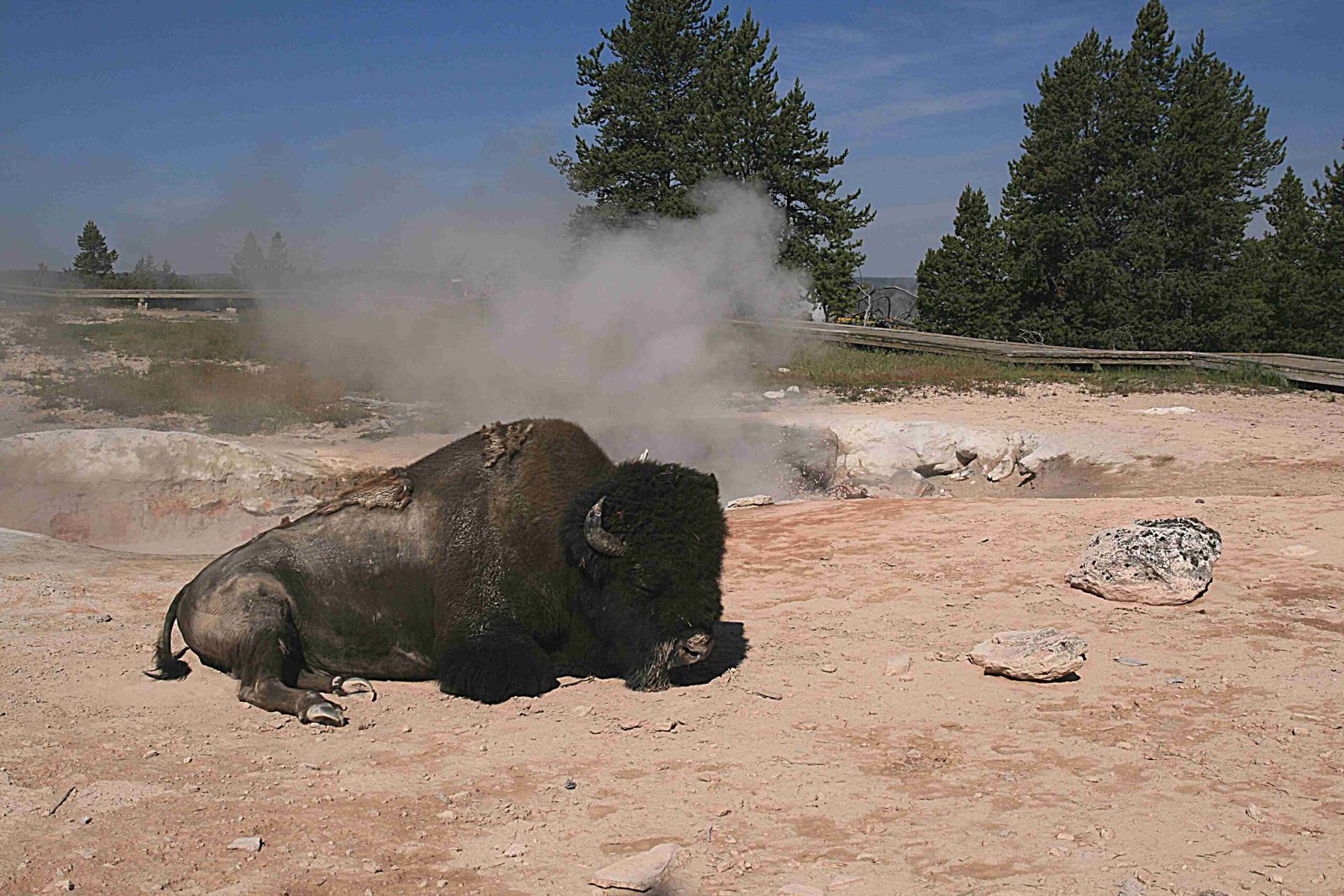Yellowstone National Park, renowned for its stunning landscapes and diverse wildlife, attracts millions of visitors annually. However, the park’s natural beauty comes with inherent risks. From 2007 to 2023, 74 deaths were recorded within the park boundaries. These incidents include medical emergencies, motor vehicle crashes, drownings, falls, and wildlife encounters. Understanding the nature of these injuries and implementing proper safety measures is crucial for visitors to enjoy the park safely.
What Are the Most Common Injuries in Yellowstone National Park?

Injuries in Yellowstone National Park vary in nature and severity. The most common types include:
- Medical emergencies (especially among visitors aged 65 and older)
- Motor vehicle accidents
- Drowning incidents
- Falls during hiking or climbing
- Wildlife-related injuries
Medical Emergencies
Medical emergencies account for a significant portion of incidents in Yellowstone. These often occur due to:
- Pre-existing health conditions
- Altitude sickness
- Dehydration
- Heat exhaustion
Visitors, especially those over 65, should be aware of their physical limitations and take necessary precautions.
Motor Vehicle Accidents
With extensive road networks and diverse terrain, motor vehicle accidents are a leading cause of injuries and fatalities in Yellowstone. Factors contributing to these incidents include:
- Wildlife on roads
- Distracted driving (often due to scenic views)
- Unfamiliarity with mountain driving conditions
- Adverse weather conditions
How Dangerous Are Wildlife Encounters in Yellowstone?

While wildlife encounters resulting in serious injury or death are relatively rare, they do occur. From 2007 to 2023, there were 3 documented fatalities due to wildlife incidents. Bison are often involved in these encounters, known for their aggressive behavior when approached too closely.
Notable wildlife-related incidents include:
- A visitor suffering two fractured ribs after being butted by a bison near Lake Yellowstone
- A fatal collision between a snowmobiler and a bison, resulting in a broken neck and head and chest injuries
To minimize the risk of wildlife encounters:
- Maintain a safe distance from all animals (at least 25 yards for most wildlife, 100 yards for bears and wolves)
- Use binoculars or telephoto lenses for close-up views
- Never feed or approach wildlife
What Are the Risks Associated with Hiking in Yellowstone?
Hiking is a popular activity in Yellowstone, but it comes with its own set of risks:
-
Falls: These are common and can result in serious injuries or fatalities. For example, a 7-year-old boy died after falling 130 feet from the Uncle Tom Trail.
-
Dehydration and heat-related illnesses: The park’s high altitude and varied terrain can lead to rapid dehydration and exhaustion.
-
Getting lost: Straying from marked trails can lead to disorientation and increased risk of wildlife encounters or falls.
-
Thermal feature injuries: Yellowstone’s geothermal areas pose unique risks. In one incident, a skier fell into a thermal pool in the Shoshone Geyser Basin, resulting in severe burns.
To stay safe while hiking:
- Stay on designated trails
- Carry plenty of water and snacks
- Wear appropriate footwear and clothing
- Hike with a partner or group when possible
- Carry a map, compass, or GPS device
How Can Visitors Prevent Injuries in Yellowstone National Park?
Preventing injuries in Yellowstone requires awareness, preparation, and adherence to park rules. Here are some key strategies:
- Wildlife Safety:
- Maintain safe distances from all wildlife
- Never feed or approach animals
-
Carry and know how to use bear spray
-
Hiking Safety:
- Stay on marked trails
- Wear appropriate footwear
- Carry essential supplies (water, food, first aid kit)
-
Be aware of weather conditions and your physical limitations
-
Driving Safety:
- Obey speed limits and traffic signs
- Be alert for wildlife on roads
-
Pull over safely to enjoy scenic views
-
Thermal Area Safety:
- Stay on boardwalks and designated trails in thermal areas
-
Never touch or approach hot springs or geysers
-
General Safety:
- Stay hydrated and protect yourself from sun exposure
- Be aware of altitude-related symptoms
- Follow all park rules and ranger instructions
What Should Visitors Do in Case of an Emergency in Yellowstone?
In case of an emergency in Yellowstone National Park:
- Call 911 or the park’s emergency number: (307) 344-2017
- If possible, seek help at the nearest visitor center or ranger station
- For minor injuries, use the first aid kit you should carry with you
- In case of wildlife encounters, use bear spray if necessary and seek shelter
Remember, cell phone coverage is limited in many areas of the park. It’s advisable to carry a satellite communication device for remote areas.
By understanding the risks and following safety guidelines, visitors can significantly reduce the chances of injuries and enjoy a safe, memorable experience in Yellowstone National Park.

